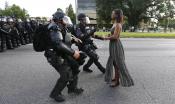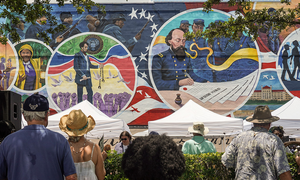text
Informational
Jimmie Lee Jackson
This essay details Jimmie Lee Jackson’s involvement in the voting rights movement and his violent death at the hands of Alabama state troopers.
March 10, 2016


